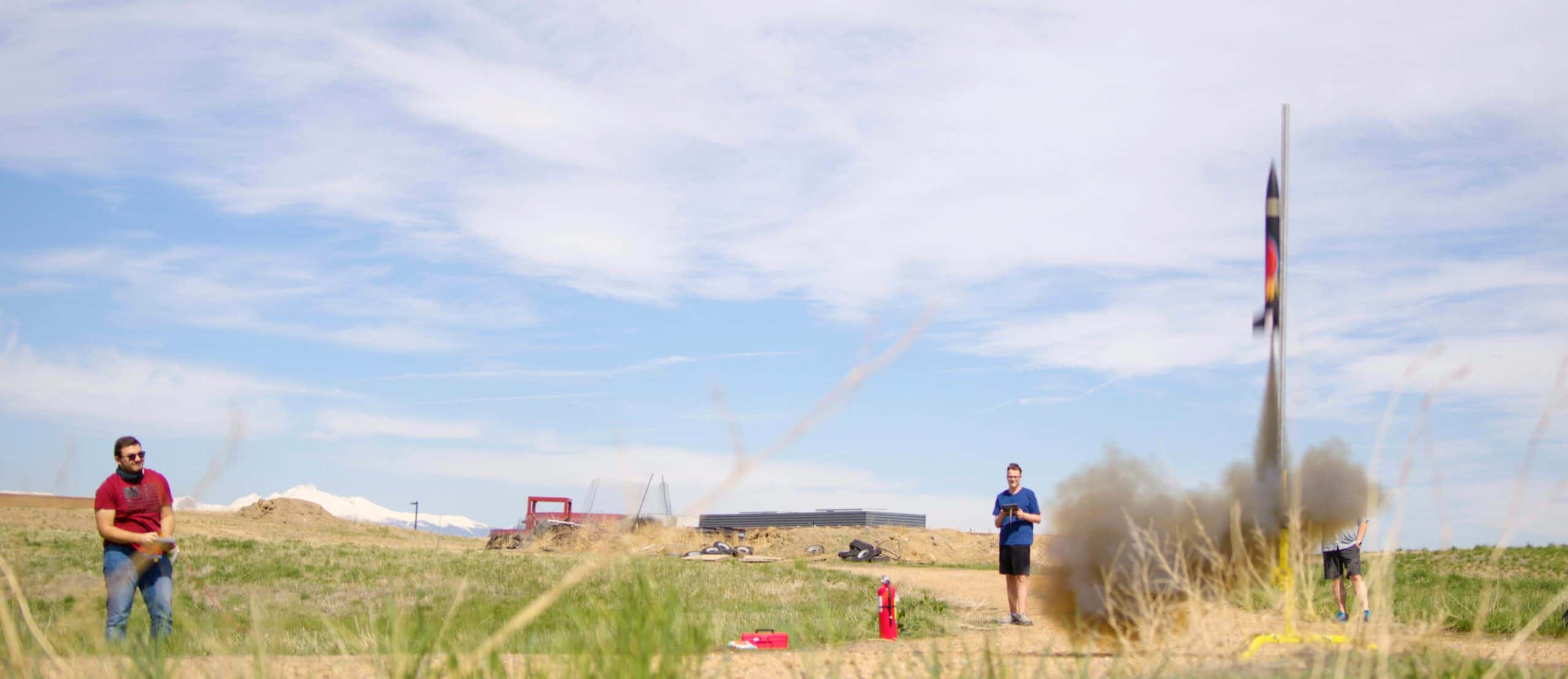Erie High School’s Academy of Engineering and Aerospace students have once again pursued an ambitious capstone project, building and launching rockets to participate in the Great American Rocketry Challenge. 13 students from the senior design class formed two teams, the Robust Rocketeers and Apollo’s Arrows, spending months researching, designing, and testing their rockets.
To qualify, students were tasked with constructing a rocket that weighed under 650 grams, and measured up to 650 millimeters (25.6 inches). Then, they had to launch a hen’s egg inside the rocket to a height of 800 feet, for a total flight time of 40-43 seconds. To successfully complete the flight, the rocket needed to deploy a parachute and land in one piece, with no damage to the egg. The teams were scored on how close their flight duration and altitude came to the set goal.
“It is wonderful to watch students gain more and more independence and build leadership skills throughout their four year engineering pathway at EHS,” said teacher and program coordinator Kelsey Rasmussen. “During senior design, our capstone engineering class, students use agile methods to run their own team meetings and rapidly prototype, test, reflect and reiterate. As teacher facilitators we have the joy of witnessing students own their growth and celebrate their success.”
Leading up to their final qualifying launch on Friday, May 7, both teams experienced a number of setbacks and challenges, providing lessons in teamwork, patience, and adaptability.
One of the big challenges this year was collaboration. The COVID-19 pandemic interrupted their normal hands-on class time, requiring additional coordination, organization, and project management. The Robust Rocketeers utilized cloud-based documentation to keep a collaborative engineering notebook, so that their entire team had access to shared notes.
The next big challenge was Colorado’s often unpredictable weather. Teams began working on their rockets in October, conducting their first practice launches in December, when they learned that their rockets’ altimeters often stop functioning in cold temperatures. The rockets’ performances were also negatively impacted by high winds, storms, and winter weather, making spring test launches challenging.
Finally, the realities of launching a rocket brought a number of technical challenges, requiring the students to tweak their designs and strategies. “All of our practice launches had something go wrong,” said senior Sydney Rhomberg with a chuckle, “the rocket was too high, or too low, or too fast, or two slow. So we definitely felt some pressure coming into today’s launch.”
These challenges all echo those frequently faced by engineers in the field, providing valuable real-world experience. In addition to their EHS senior design teachers, Kelsey Rasmussen and Tim Schuett, students were mentored by Cameron Schumacher from Boeing, gaining guidance from a professional in the aerospace industry.
Despite any pressure the students may have felt coming into final launch day, both teams completed their most successful launches, besting their previous scores.
They sprung into action preparing their rockets. On the Robust Rocketeers, senior Joey Garza tied knots and loaded the parachutes, while team leader Kambry Fraser swaddled the egg in its holder and double checked their rockets’ assembly with junior Caleb Krause. Meanwhile, Apollo’s Arrows assembled their angled launch rig, members Sydney Rhomberg, Xander Maldonado, Erik Stanek, and Ian Ross examined their rocket’s wiring. Other teammates videoed, timed, or set up far afield to keep track of the moment their rockets landed.
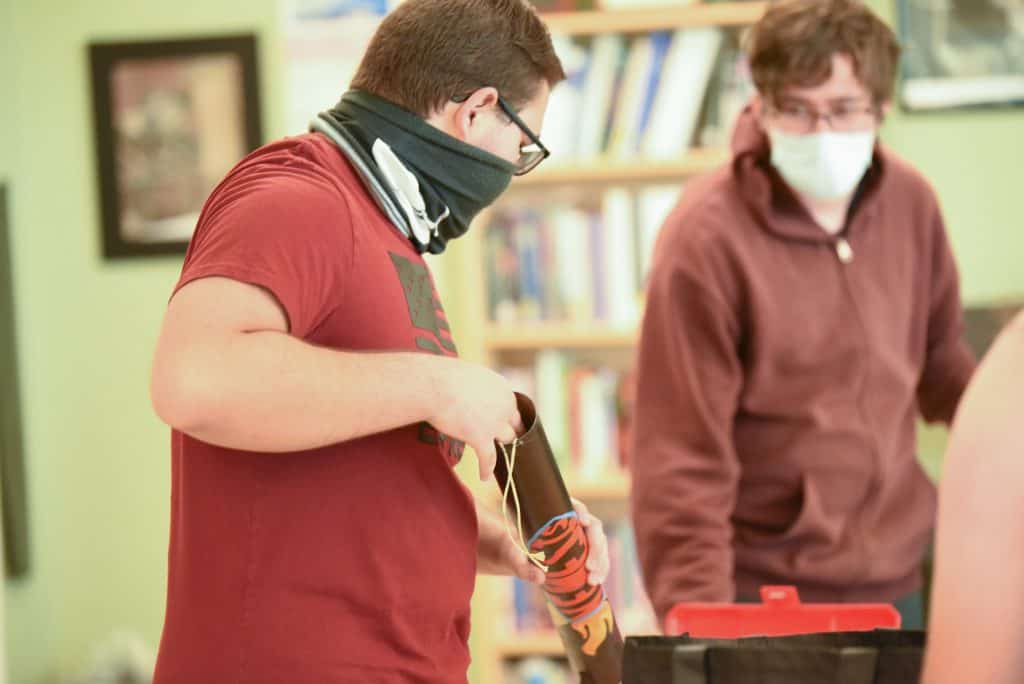
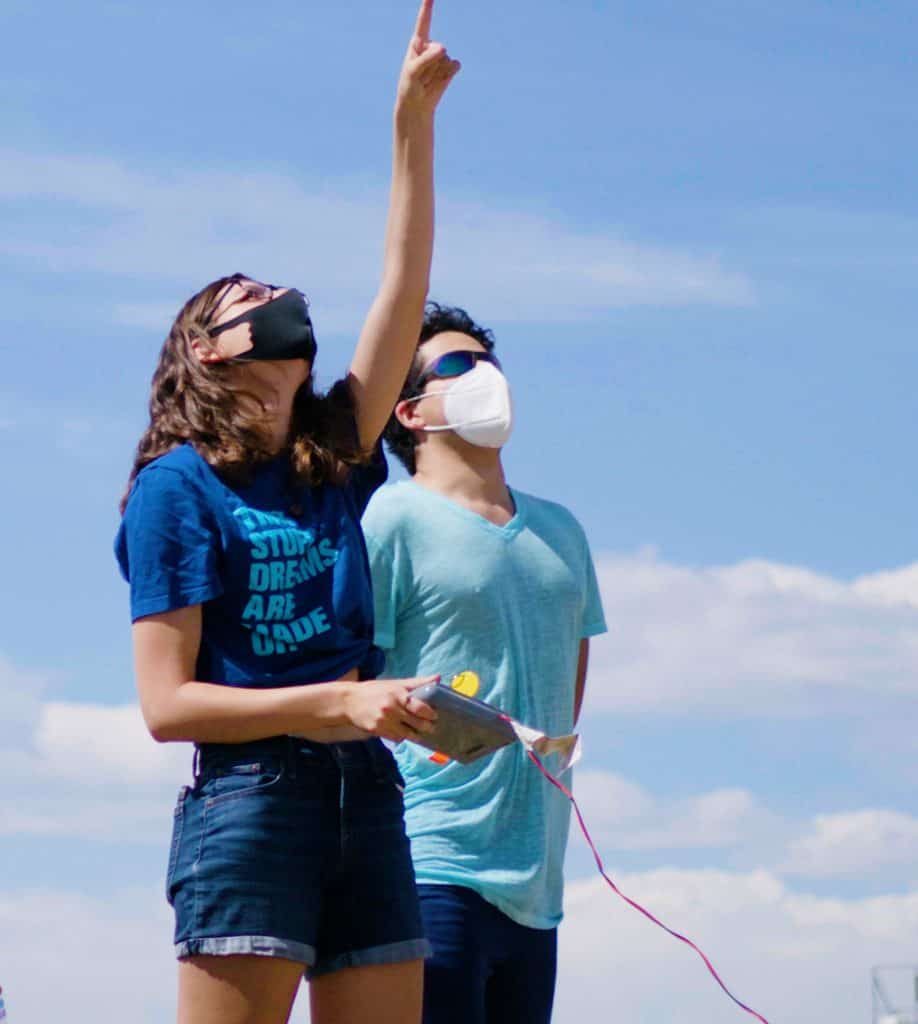
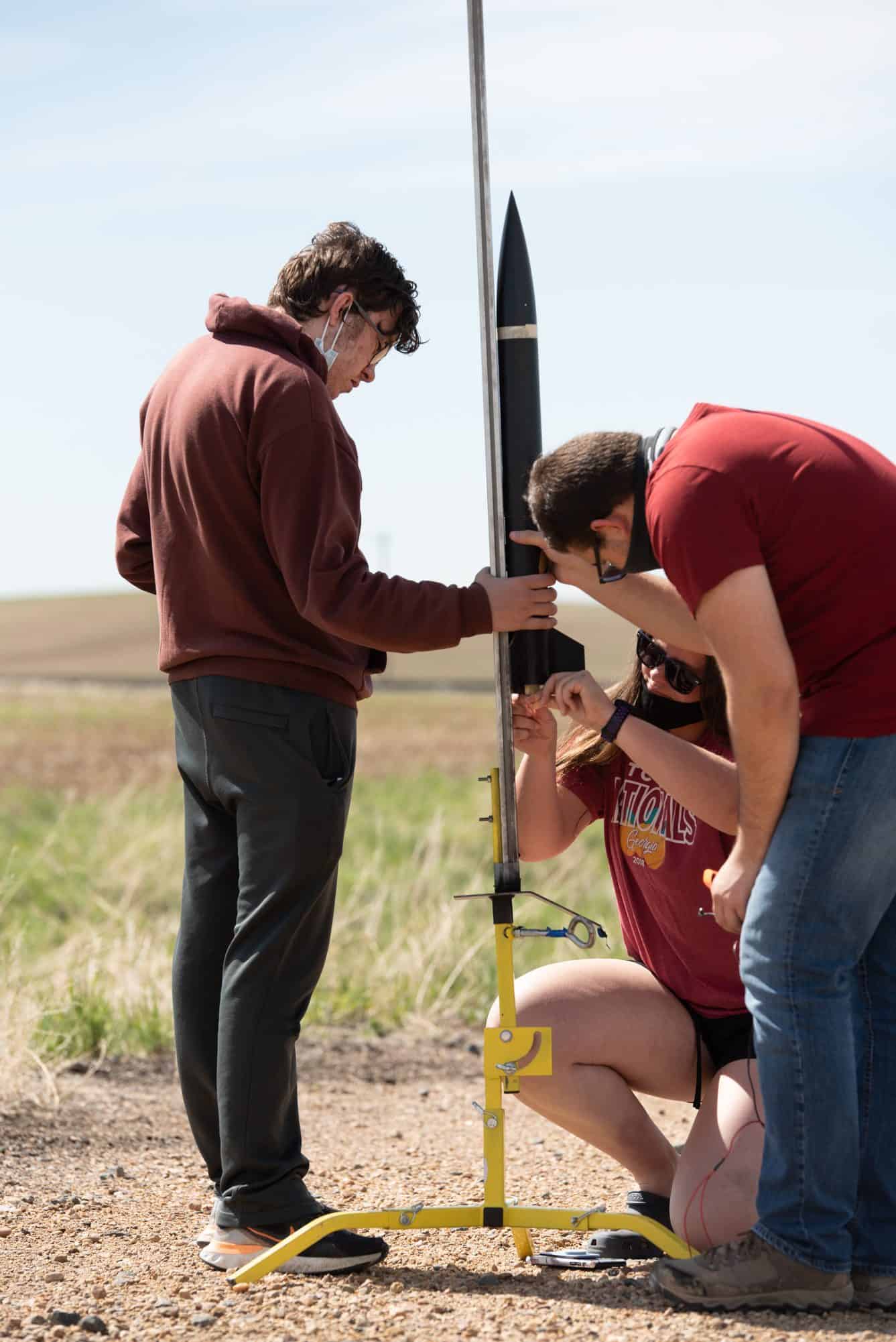
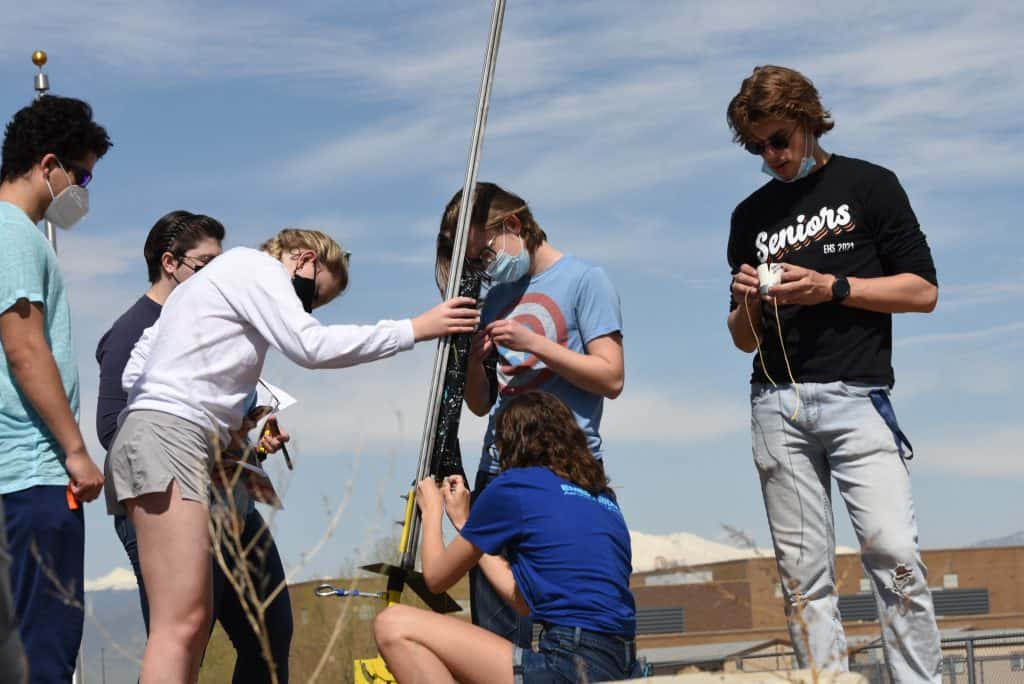
“We’re just so relieved the launches went this well today,” said Rhomberg. The teams gathered around with Rasmussen to submit their scores, and now await to hear if they ranked among the top 100 teams to be invited to Washington, D.C. for the finals, where prizes include $100,000 in cash and scholarships.
In the meantime, they have gained the relief of a successful launch and priceless experience in the engineering design process.

